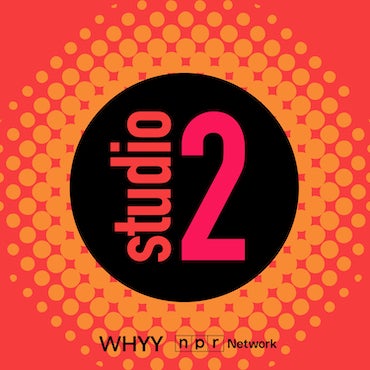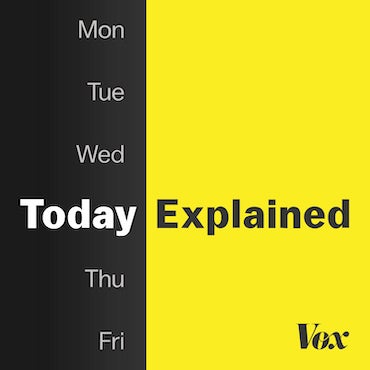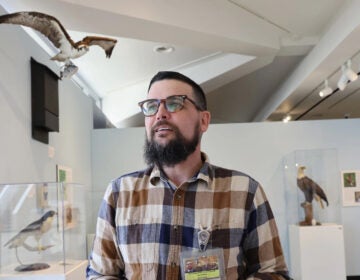Bassoonist Emeline Chong Graduation Recital

The graduation recital of bassoonist Emeline Chong. Emeline entered Curtis in 2013 from Lansdale, PA and started playing the bassoon at the age of 11. She held the Suzanne Roberts Cultural Development Fund Annual Fellowship for school year 2015-2016. The program:
Telemann: Sonata à 4, Tafelmusik Part II, No. 2, TWV 43:d1
Emeline Chong, bassoon; Niles Watson, flute; William Welter, oboe; Nathaniel West, double bass; Clara Gerdes, harpsichord
Sonata à 4, Tafelmusik Part II, No. 2, TWV 43:d1 written by Georg Philipp Telemann, a German Baroque composer. The movements are marked: Andante; Vivace; Largo and Allegro.
Bonneau: Caprice en forme de valse
Emeline Chong, bassoon
French composer Paul Bonneau wrote Caprice en forme de valse originally for saxophone and has been transcribed for flute, clarinet and bassoon. The Caprice is considered “one of the most musically cohesive unaccompanied works written for any wind instrument.”
Weber: Andante e Rondo ongarese in C minor, Op. 35
Emeline Chong, bassoon; Michelle Cann, piano
Weber wrote the first version of this piece for his brother Fritz, a violist; however the piece is commonly known for the bassoon version. Arranged after a request from bassoonist Georg Friedrich Brandt.
Elgar: Romance, Op. 62
Emeline Chong, bassoon; Marié Rossano, violin; Laura Park, violin; Kunbo Xu, viola; Chen Cao, cello; Nathaniel West, double bass
Edward Elgar composed this short work called Romance, Op.62 in 1910 for bassoon and orchestra. This piece is a standard in the bassoon repertoire. It is describe as a gentle poetic piece.
Otmar Nussio: Variations on an Arietta of Pergolesi
Emeline Chong, bassoon; Abigail Fayette, violin; Marié Rossano, violin; Laura Park, violin; Adé Williams, violin; Kunbo Xu, viola; Haeji Kim, viola; Chen Cao, cello; Jean Kim, cello; Nathaniel West, double bass
The Variations on an Arietta of Pergolesi was written in 1953. Emeline describes the piece as quirky, silly and demonstrates the different characters that the bassoon can play. The movements are marked: Arietta: Moderato; Scherzetto: Allegretto; Tamburino: Presto; Lamento: Andante; Ostinato: Molto moderato; Rapsodia: Moderato con fierezza; Elegia: Andante; Barbaresca: Allegro feroce; Stornello: Allegretto; and Danza: Presto.
WHYY is your source for fact-based, in-depth journalism and information. As a nonprofit organization, we rely on financial support from readers like you. Please give today.




